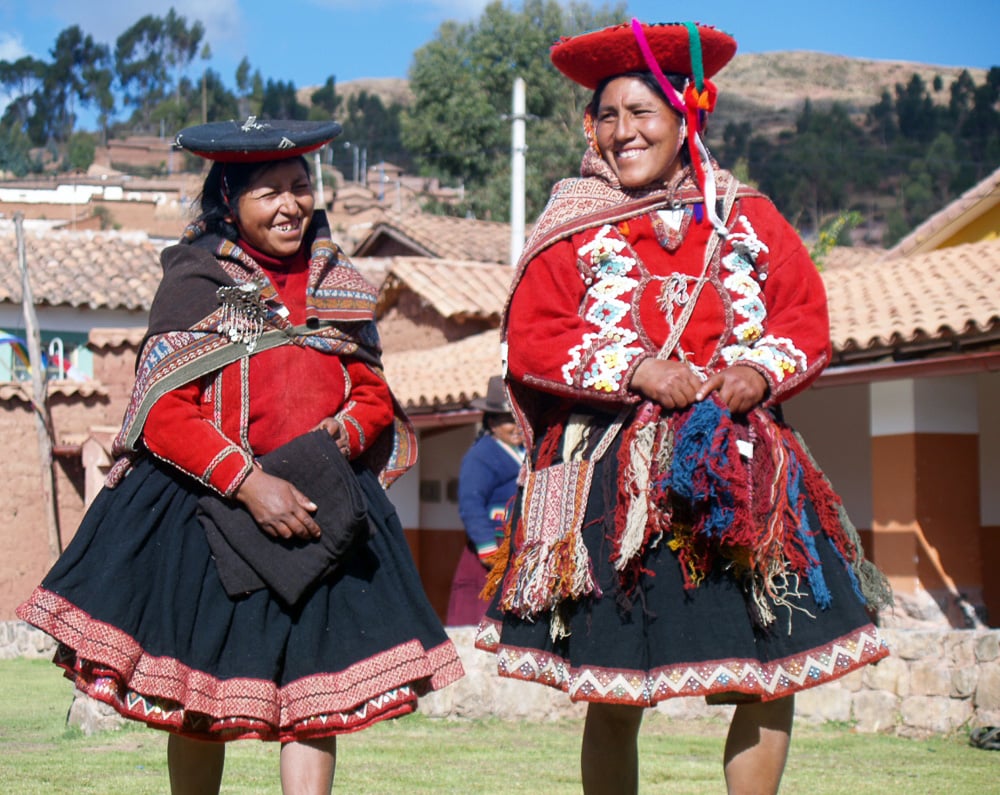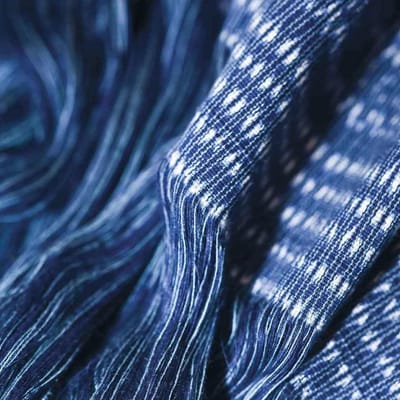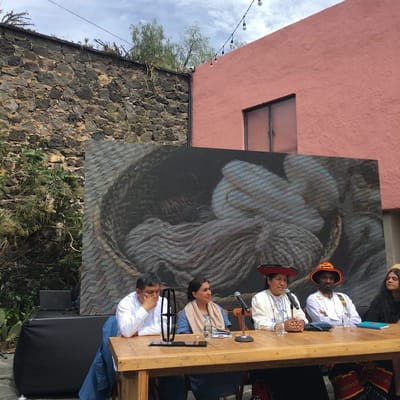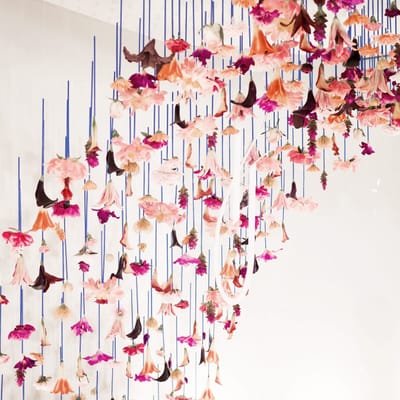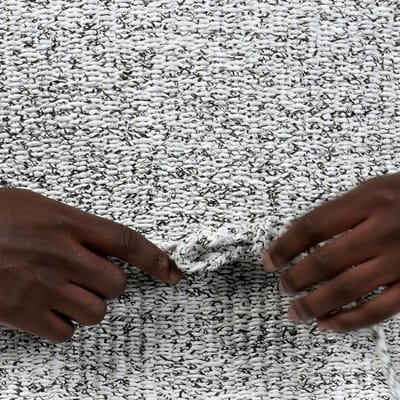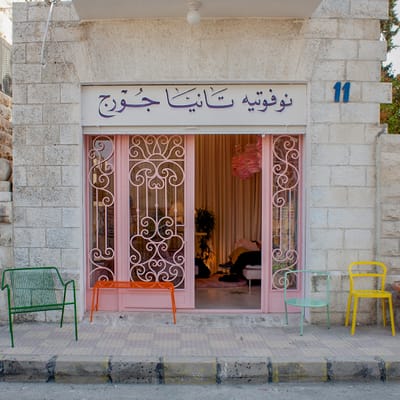Tucked high within South America's Andes mountains surrounding the Peruvian city of Cusco are communities relatively untouched by tourism. Predominately speaking their mother tongue, Quechua, these native people continue to live off the land as their ancestors did, practicing age-old traditions such as belt-loom weaving.
American designer (and contributor to THE KINDCRAFT) Stephanie Amann spent several months volunteering with a non-profit group called CTTC (El Centro del Textiles Tradicionales del Cusco). Here, she tells about her experiences working closely with nine local communities to help preserve the Peruvian textile weaving techniques and traditional dress of the region.

Belt-loom (or back-strap loom) weaving is a labor-intensive task; one blanket can take months to complete. Traditionally seen as a male task (now practiced by both sexes), the process starts with spinning freshly sheered and cleaned wool into yarn. It is then dyed using local plants and minerals gathered from the surrounding areas. After dyeing, the yarn is spun again until it is uniform enough to weave.
The methodology for a belt-loom is similar to that of a standard floor loom but these artisan use a piece of wood as the frame for the warp (lengthwise) threads. The warp threads are generally tied to a post or a stick while the other end is tied or belted around the body for tension. Yarns are then looped around individual threads and tied together so that weavers can quickly lift groupings of threads for the shuttle to pass through the weft (left-to-right) threads, creating the woven pattern. After weeks of weaving, the piece is only finished once a border of local style is stitched onto the textile by hand.
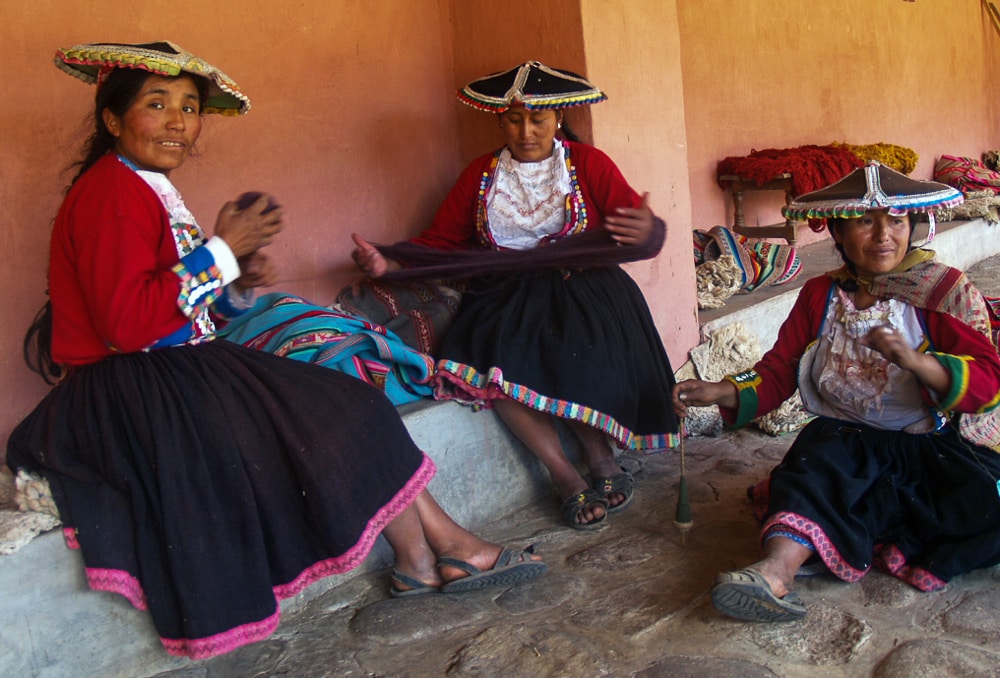
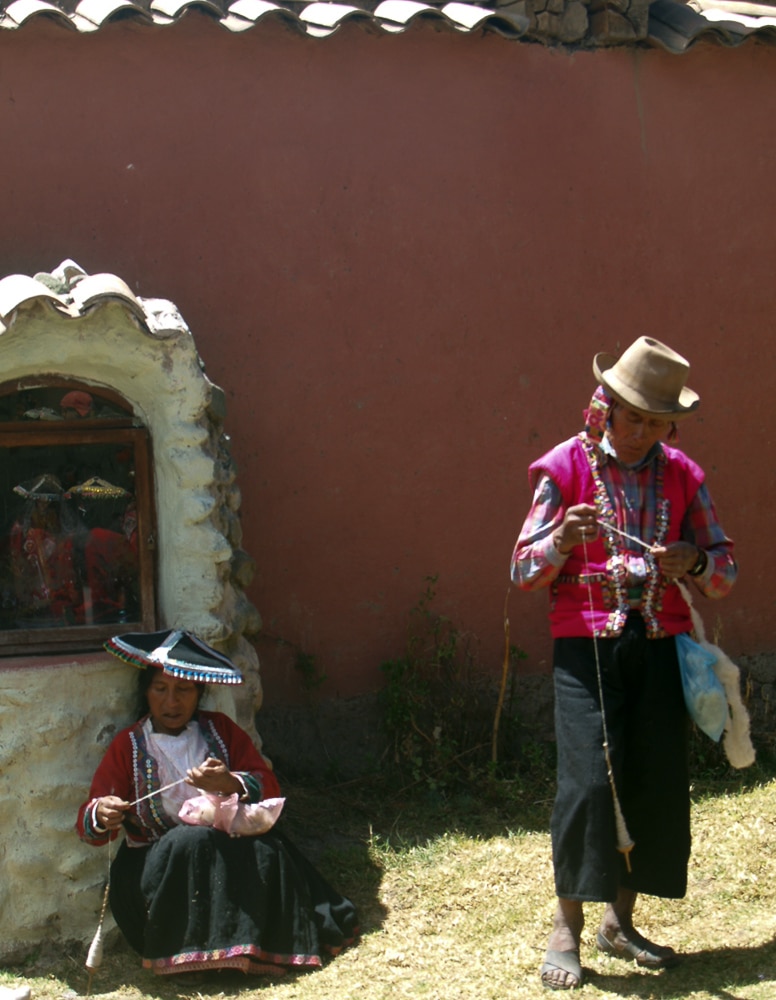
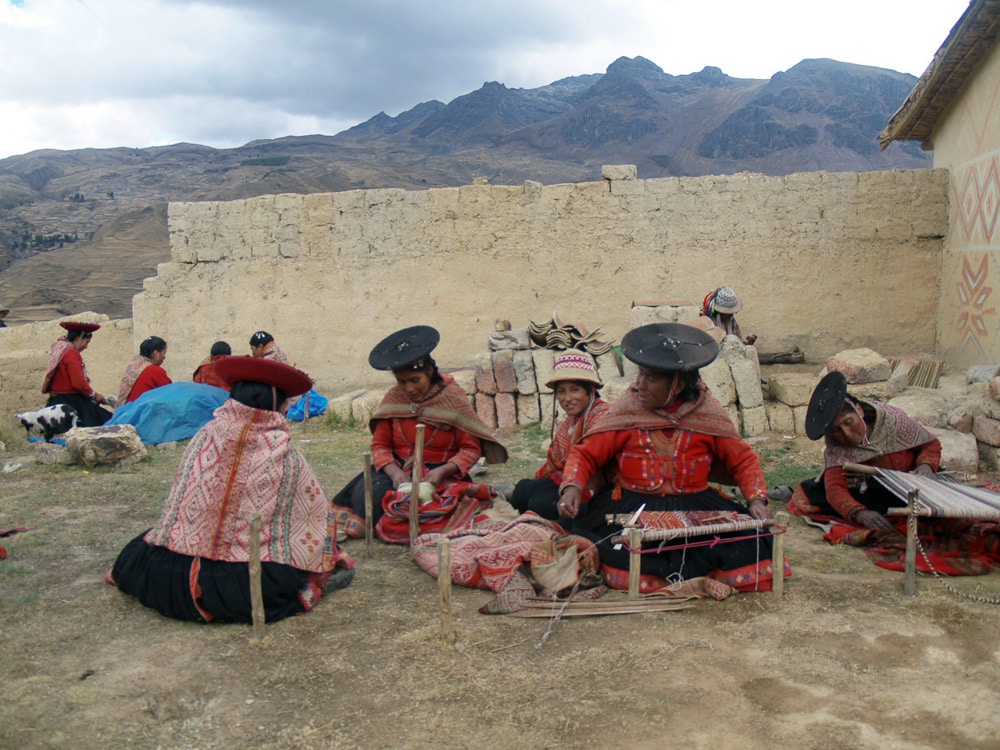
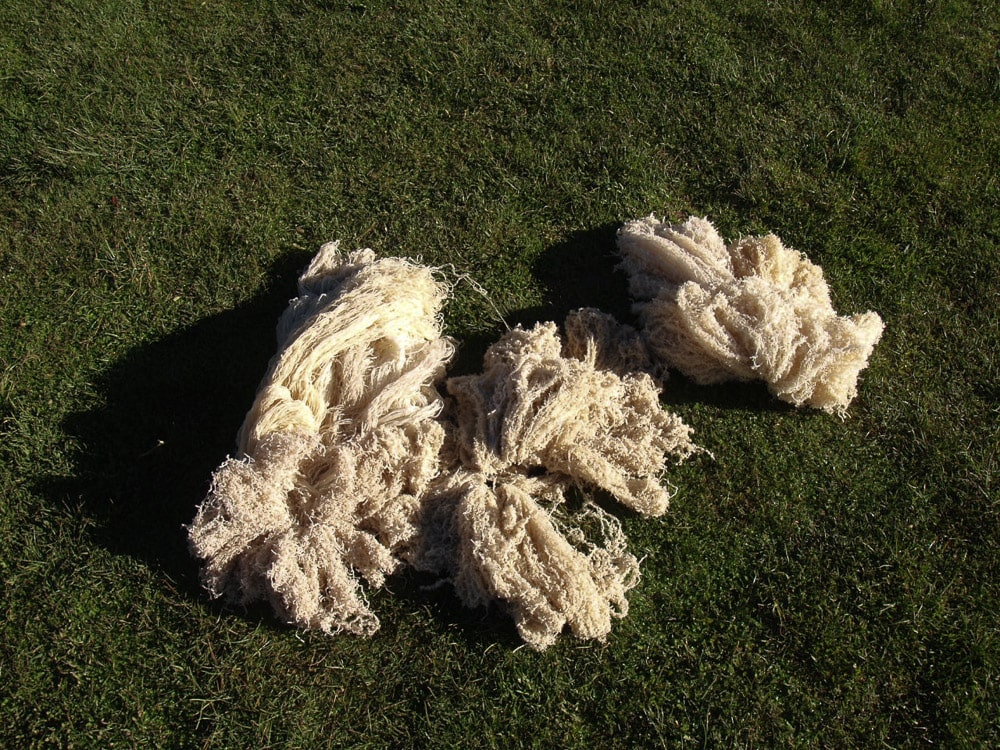
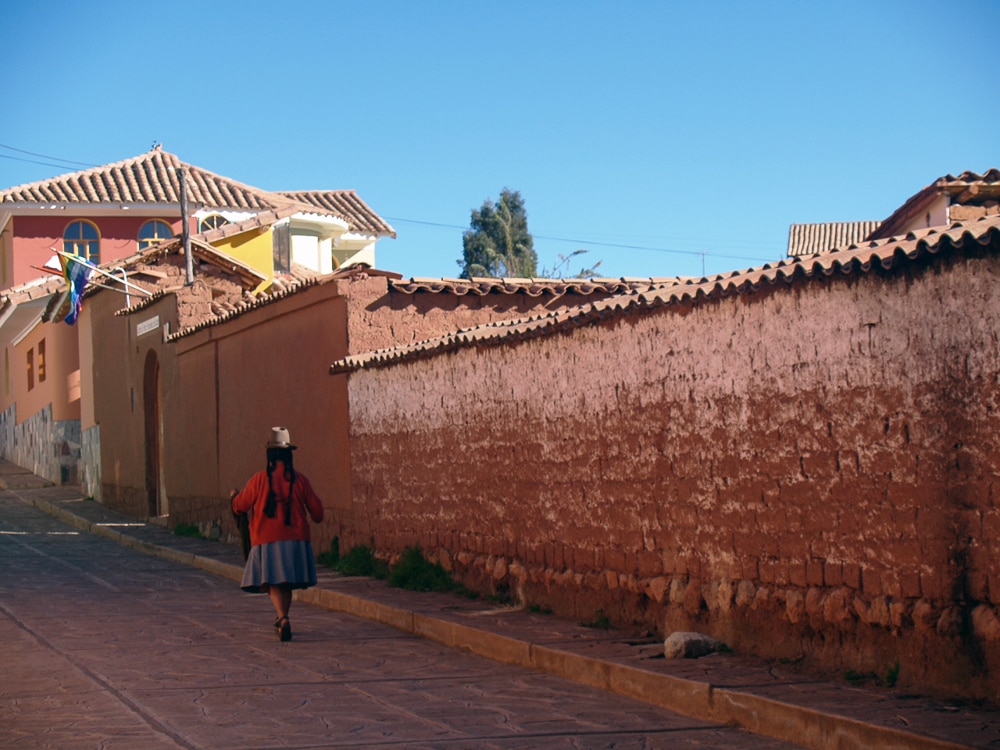
Each village has a weaving style, color palette, and design unique to that community. The district of Pitumarca has a style of blanket-making that is one of the most difficult; they create quadrants and weave four different patterns together by using sticks in the center of the warp threads, basically creating a second loom. After weaving the first two quadrants they then flip the warp threads and weave the last two quadrants. A llama bone is then used to hand-pick the yarn design, and a needle shuttle completes the middle section of the blanket.
These handmade blankets are an integral part of village culture and are utilized in multiple ways in everyday life. Using a few simple folds and a tight knot, women use these blankets to carry their babies on their backs all day long. This tradition can also be seen in practice in Cusco city, but Cusqueñans are increasingly substituting handwoven textiles for modern clothing and inexpensive, often brightly colored, machine-made blankets.
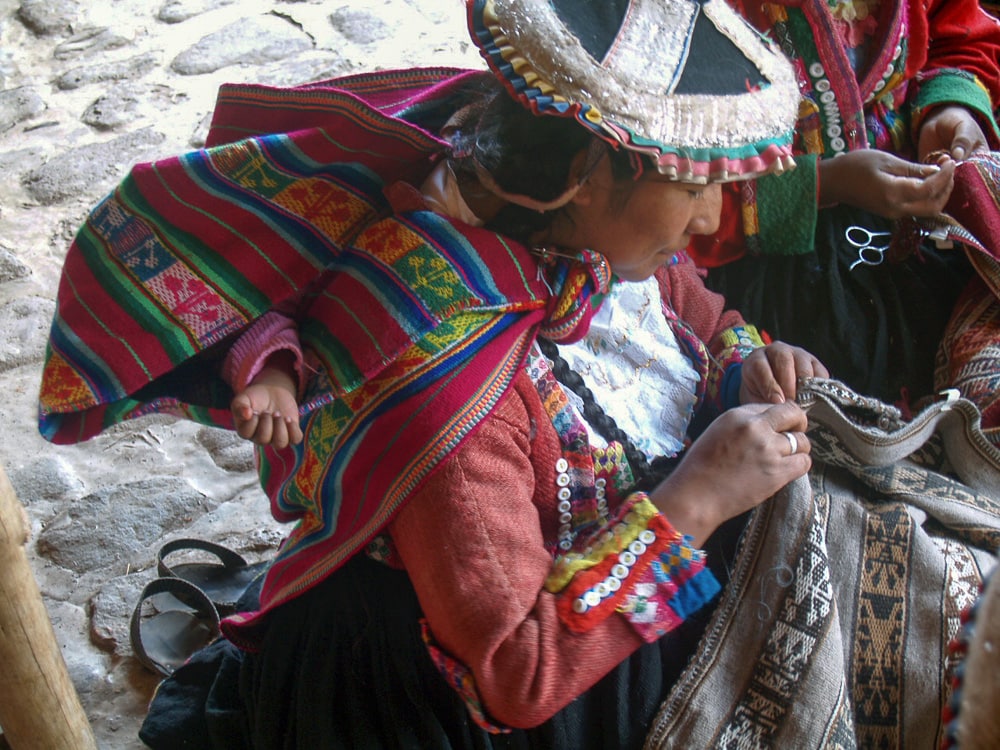
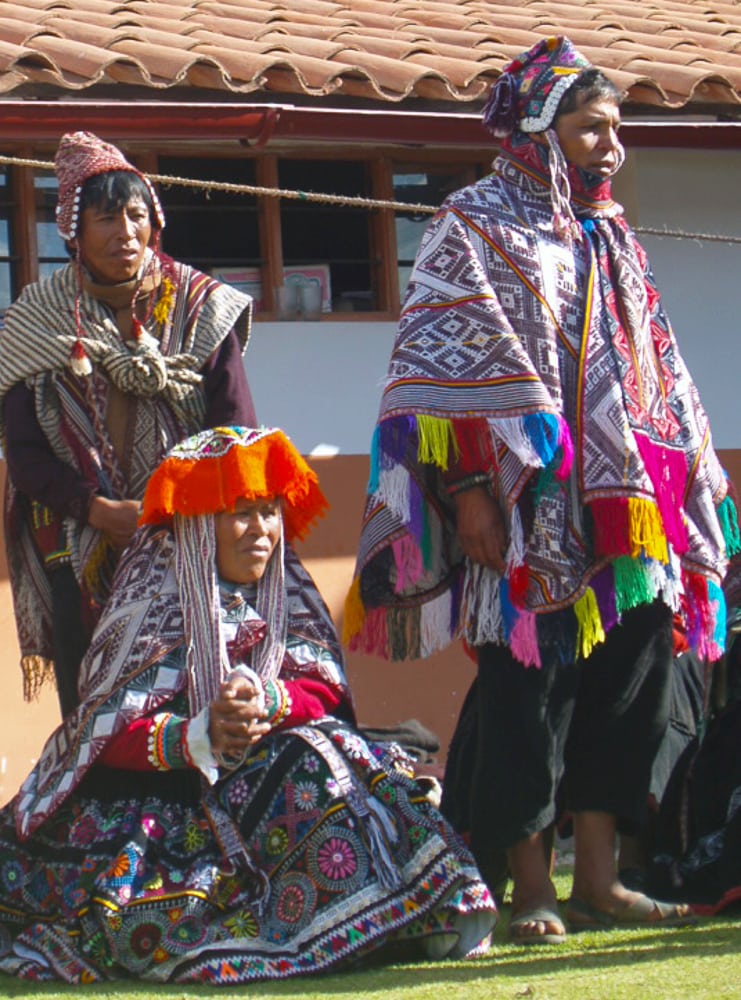
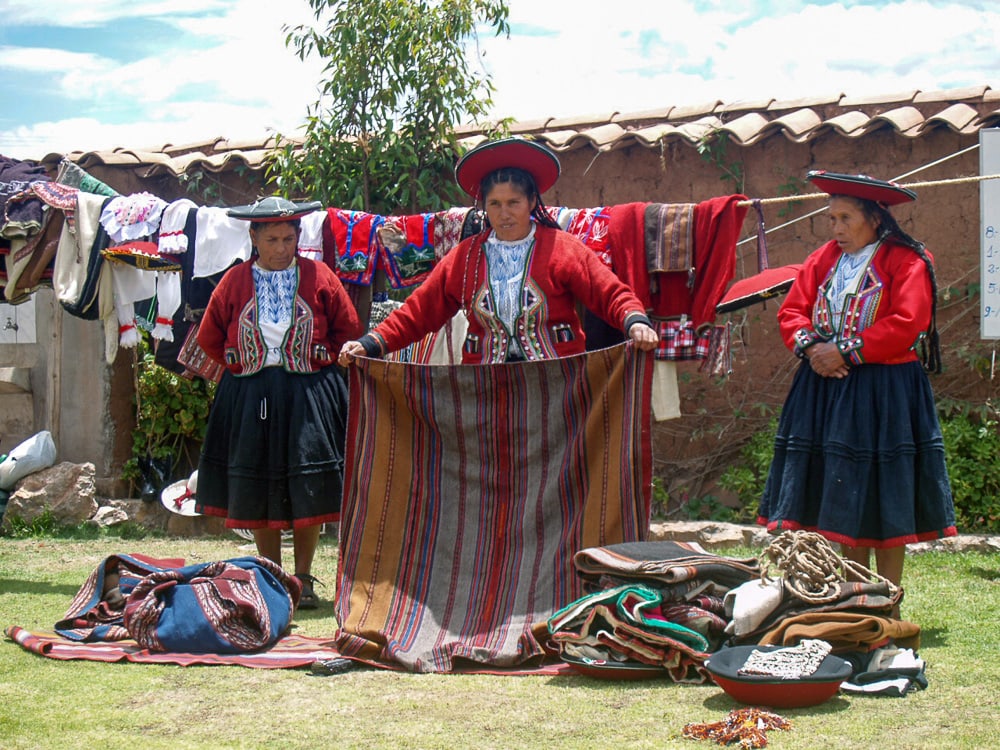
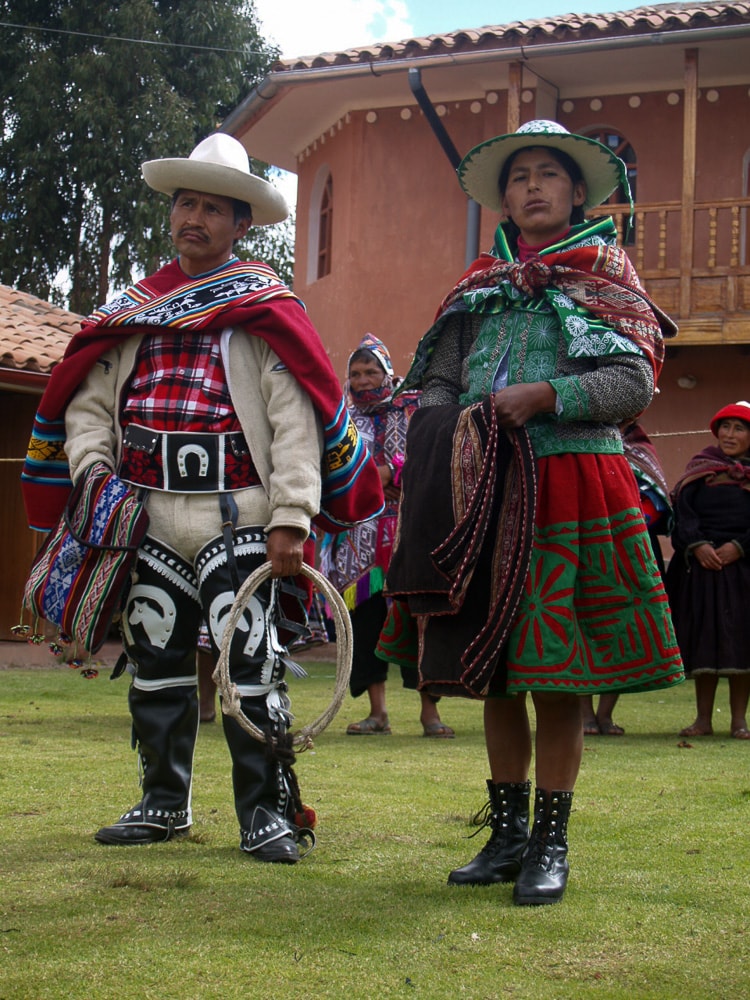
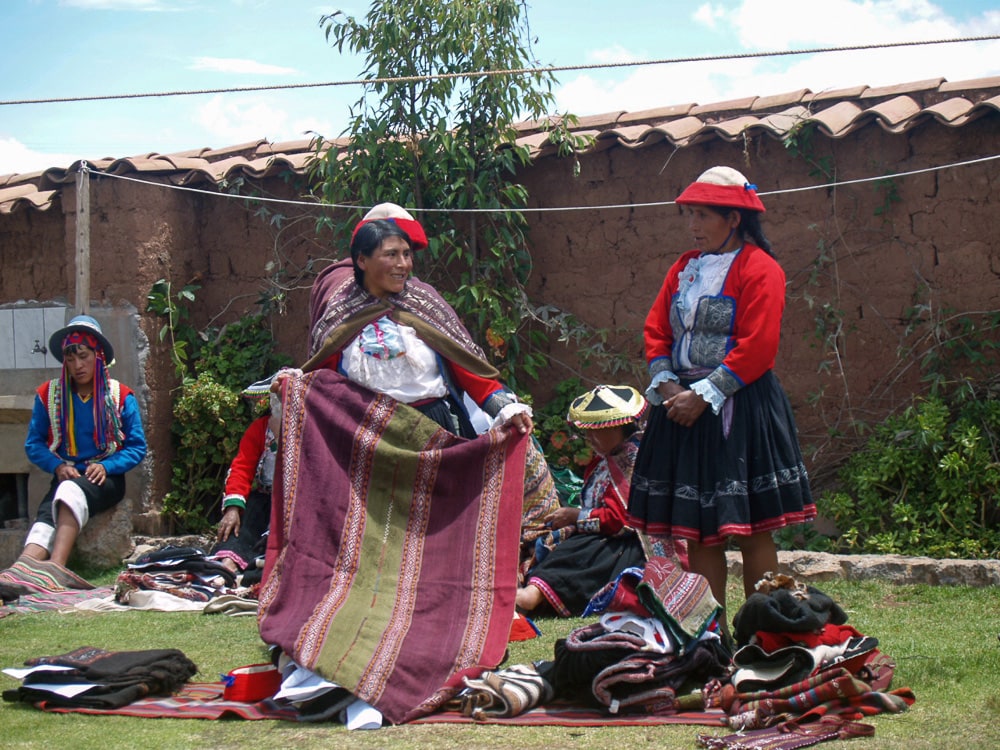
Beyond unique colors and woven motifs, each village has it’s own traditional dress. For women there are usually layers of skirts, a jacket, and a hat. Men wear calf-length trousers, a loose white woven shirt, a vest and hat. Each community makes these staple garments their own with the use of surface decoration; trims like white buttons are often used to form intricate patterns. Additionally, many communities use their clothing as social signifiers, such as the Chinchero women who wear different hats to indicate if they are married or single. Men deliberately expose (or hide) the hem of a white undergarment to make their martial status known to the community.
The most iconic dress of the region is worn by the people from Chumbivilcas. They live on the outskirts of the department of Cusco near Aeroquipa and work as cowboys. Men wear chaps and cowboy hats, and women dress in skirts and jackets with brightly colored flowers embroidered daily, while other communities save their brightly embroidered skirts for weddings. Mahuaypampa is another interesting community because their dress and bowler hats look more like the traditional garments of Bolivia than their neighbors in Cusco.
In addition to teaching me how to weave, these communities also showed me their way of life. They shared their chuño black potatoes that are buried over the winter months, and chicha homemade corn beer fermented with women's saliva. It was amazing to learn about these people and see the diversity between villages within a few hundred kilometers of each other - from their weaving techniques, to their traditional dress, and lifestyle.
